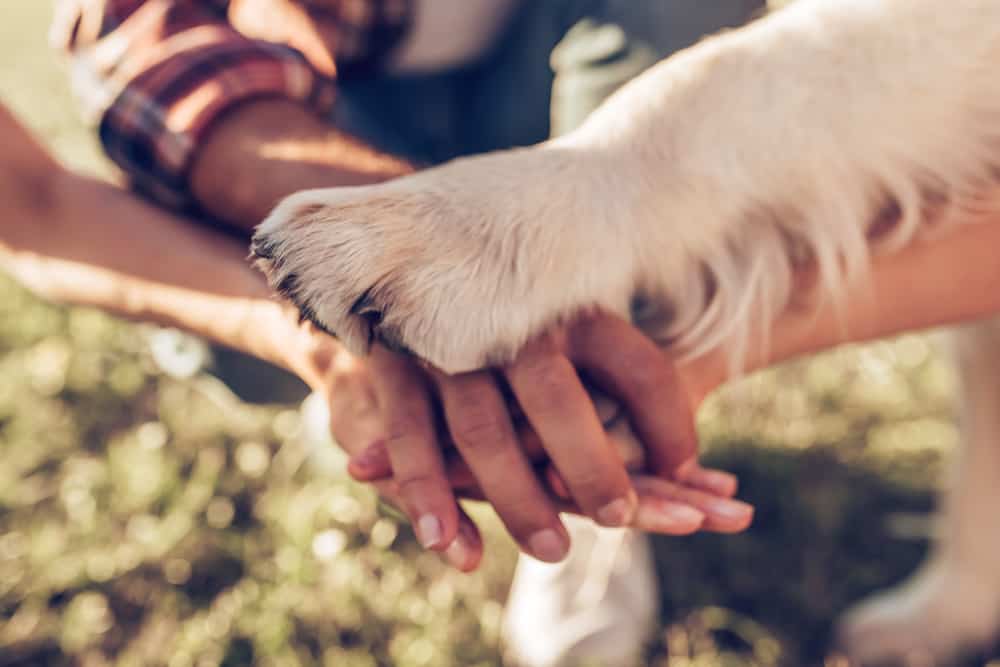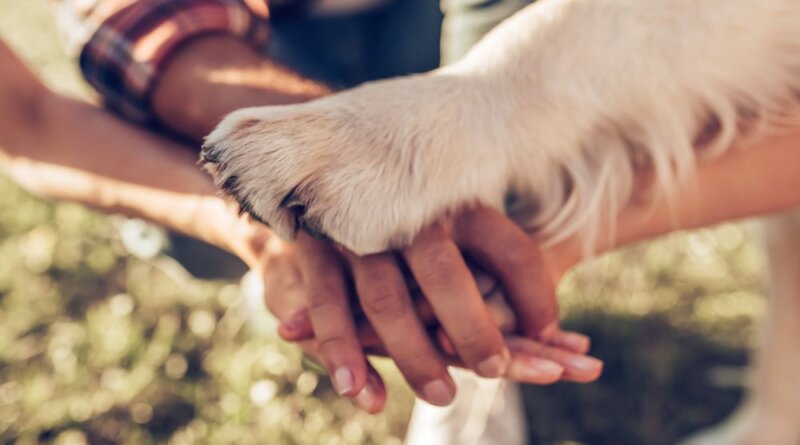National Data Doesn’t Show Large Number of Pandemic-Pets Surrendered, Despite Cases Being Reported
Although national data isn’t showing massive numbers of pets being returned to shelters as COVID-restrictions are lifted and people are returning to work, many shelters and rescue groups nationwide are starting to notice an uptick. Dogs are a lifetime commitment, so it’s important for those who adopted pandemic-pets to begin making lifestyle changes now to honor the promises made to their pets.

Clearly 2020 was a year like no other for everyone, including animal shelters. Many across the country were shut down completely or forced to change their operations early in the pandemic. Due to the unique circumstances of the year, comparing 2021 shelter intake numbers to 2020 alone isn’t an accurate indicator of pet surrenders/returns. However, in comparing 2021 to a pre-pandemic year of 2019, the numbers of pets being surrendered/returned are actually down at the 1,190 U.S. shelters and rescues that reported data, according to 24PetWatch.
In April of this year, owner surrenders were up 82.6% vs. 2020, but still down 12.5% vs. 2019. Returns saw a similar increase: up 50% vs. 2020, but still 30% below 2019.
Although national shelter data don’t yet seem to indicate a statistically significant number of animals coming into shelters as people go back to work, it is happening at some shelters around the country, according to anecdotal evidence and media reports.
As a national leader in animal welfare, Best Friends Animal Society urges pet owners to prepare for lifestyle changes and make responsible choices as life slowly begins to return to some sort of normal. Now is the time to plan ahead and work through potential issues to keep pets in their homes and out of shelters.
Pet owners need to work through possible separation anxiety issues, prepare pets for time alone, and look into hiring a dog walker or doggie daycare if pets can’t be alone all day. It was common to have pets and full-time jobs before the pandemic, so there’s no reason people going back to work can’t successfully keep their pets, with some adjustments and planning. Our pets have been there for us and provided companionship and comfort through an extremely difficult year, and we should honor the commitment we made to them through adoption.
Before stay-at-home orders confined people to their homes last year, many would-be pet parents across the country may have felt they didn’t have the time or weren’t home enough to foster or adopt an animal. This changed over the past year, and according to the American Pet Products Association’s COVID pulse surveys, as of the end of 2020, more than 12 million households reported they had gotten a new pet as a result of the pandemic.
“Many first-time fosters or adopters who have been working from home during the pandemic have realized how easy it is to care for a pet, and that they really do have time to have a pet around, even when they go back to work,” said Holly Sizemore, chief mission officer for Best Friends Animal Society. “By now people have undoubtedly discovered the secret reality of what dogs and cats really do all day. Whether there are people around or not, they mostly sleep, with a bit of eating and playing mixed in–all things that they can do just as easily without human companionship. Plenty of people work full time jobs and provide loving homes to foster or adopted pets.”
Whether the pet has been in the home for years or only recently, some might find that pets won’t like it much when their owners go back to work or school after these months at home. There may be an increase in the number of dogs and cats who show signs of separation anxiety or distress because they have become so used to having us around all the time.
Dr. Erin Katribe, DVM, MS, Medical Director, Best Friends Animal Society, suggests knowing the signs of separation anxiety, and preparing for it before schedules change.
Separation anxiety describes a condition in pets in which they are overly attached or dependent upon their owner. When pets with separation anxiety are separated from their owners, they experience high levels of anxiety and distress; this often manifests as characteristic behaviors, such as barking or whining when you leave, scratching or chewing or other destructive behaviors, over-grooming or other self-harm, or a change in appetite.
“Most pets don’t like sudden and abrupt changes. Instead, try starting now to get your pet ready and ease them back to your previously ‘normal’ routine more easily,” said Dr. Erin.
To get dogs prepared for alone time, she suggests the following:
• Create a safe, comfortable place where they can have peaceful, relaxing alone time. This could be a crate or separate room, just make sure it’s the quietest part of the house.
• Provide them with enrichment that can be enjoyed independently, such as hidden treats in boxes, food puzzles, stuffed Kongs, etc.
• Play soothing music such as reggae, smooth jazz, or classical, or play the TV or radio to stations like the BBC or NPR while you’re gone to keep them from being startled by outside noises. You can also try a white noise machine.
• Reward your dog for calm, independent behavior, especially if they’re usually clingy. We tend to pay attention to dogs only when they’re active or even misbehaving. They should be rewarded for being calm and chill.
• Practice leaving for short periods of time to run essential errands or go for a walk.
An investment now in preparing pets for more alone time will help everyone adjust to changes in schedules and prevent shelter surrenders from becoming a trend. And it even might be a great time to consider adopting another furry friend to help keep lonely dogs or cats company.
For more information and pet behavior tips, visit www.bestfriends.org.
About Best Friends Animal Society
Best Friends Animal Society is a leading animal welfare organization working to end the killing of dogs and cats in America’s shelters by 2025. Founded in 1984, Best Friends is a pioneer in the no-kill movement and has helped reduce the number of animals killed in shelters from an estimated 17 million per year to around 625,000. Best Friends runs lifesaving programs all across the country, as well as the nation’s largest no-kill animal sanctuary. Working collaboratively with a network of more than 3,200 animal welfare and shelter partners, and community members nationwide, Best Friends is working to Save Them All®. For more information, visit bestfriends.org.





Yoou need to ttake part in a contesst ffor onee of tthe higjest quality sites online.
I will recommend thbis blog!
black internet darknet markets 2023 dark website
darknet market dark market onion darknet site
darknet site darknet market list dark web links